- Главная
- Online knife shop
- Knives by purpose
- Choppers for meat
Choppers for meat
Акция до 31 декабря!
При заказе от 15 000 - гравировка в подарок!
При заказе от 20 000 - нож-брелок в подарок!
Подробности уточняйте у менеджера.
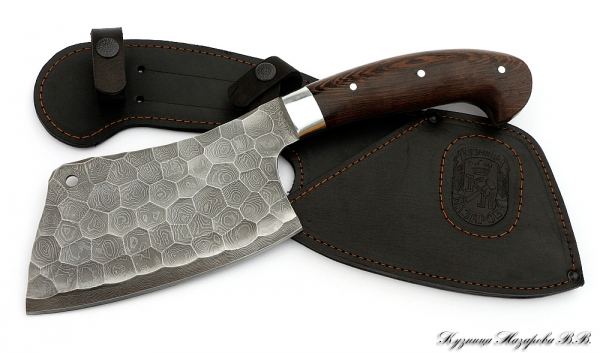
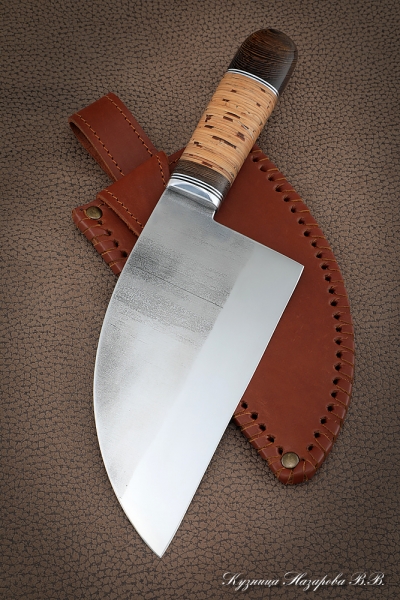
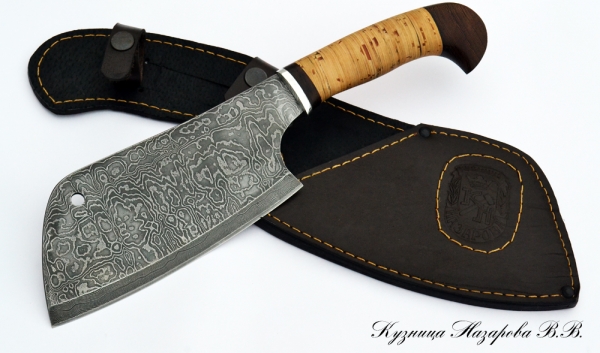
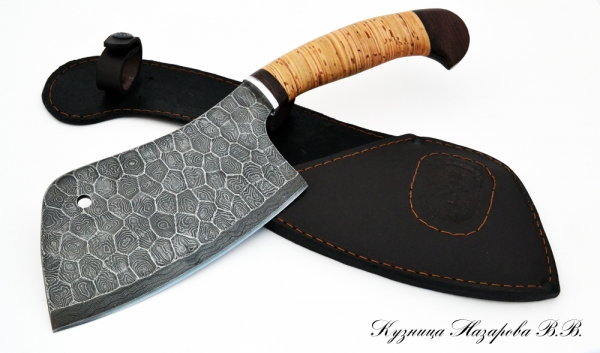
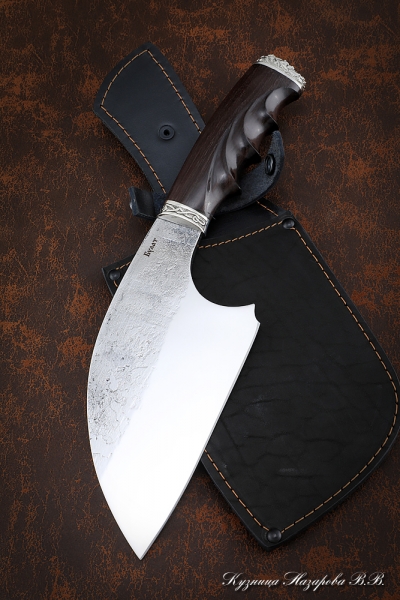
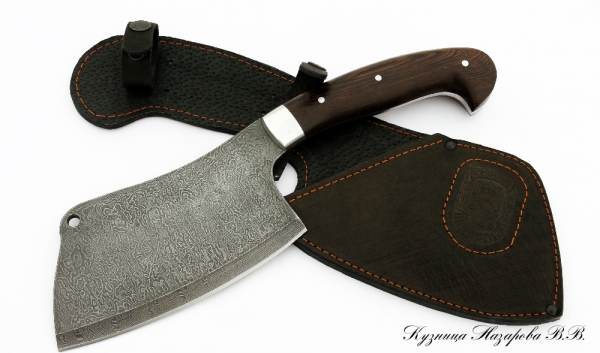
2 рабочих недели
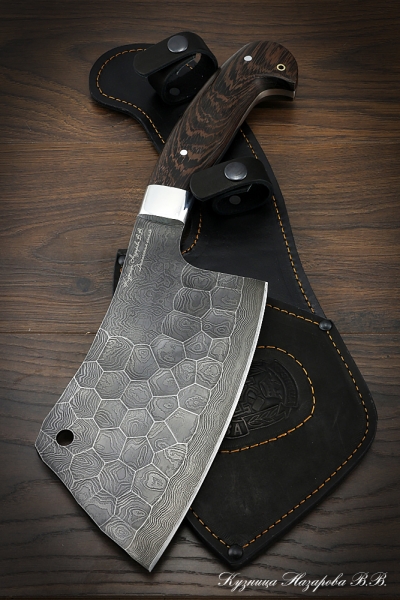
2 рабочих недели
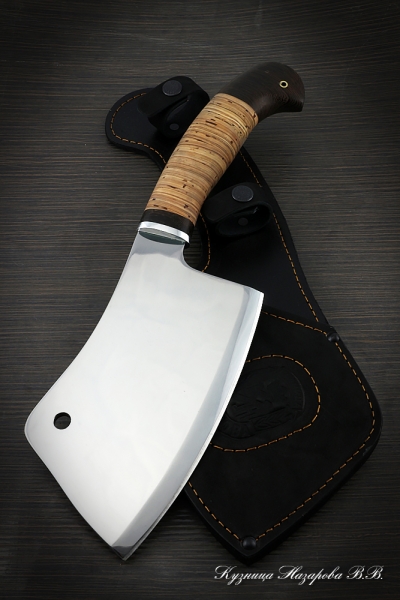
2-3 рабочих недели
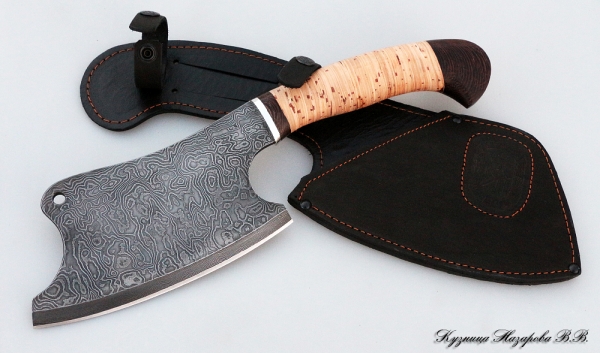
2 рабочих недели
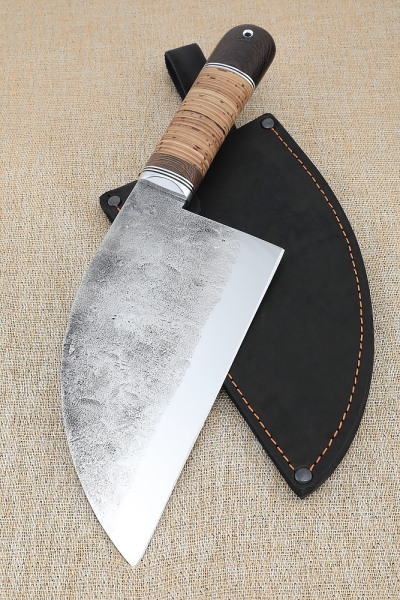
2-3 рабочих недели
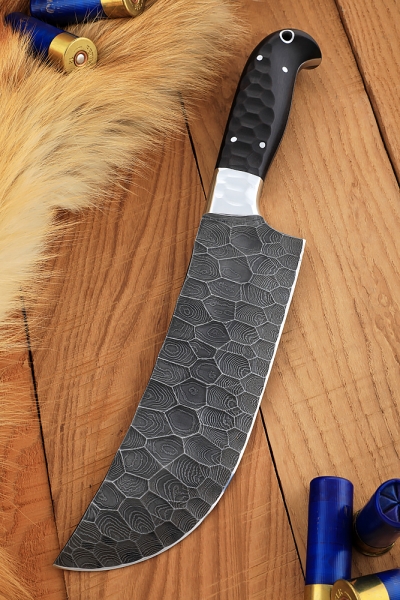
2 рабочих недели
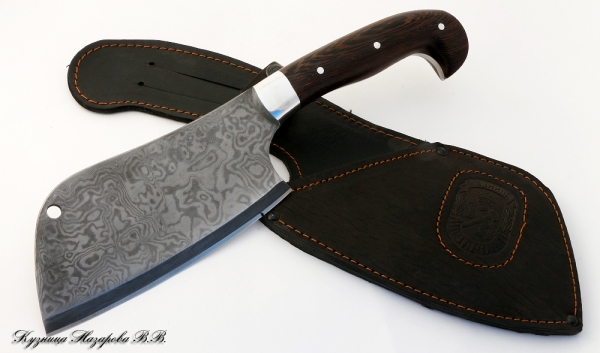
2-3 рабочих недели
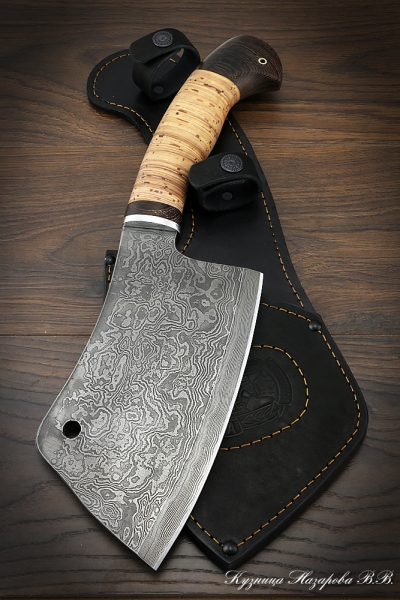
2-3 рабочих недели
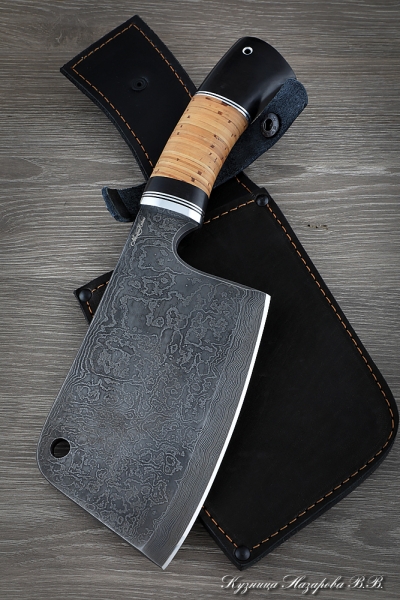
2 рабочих недели
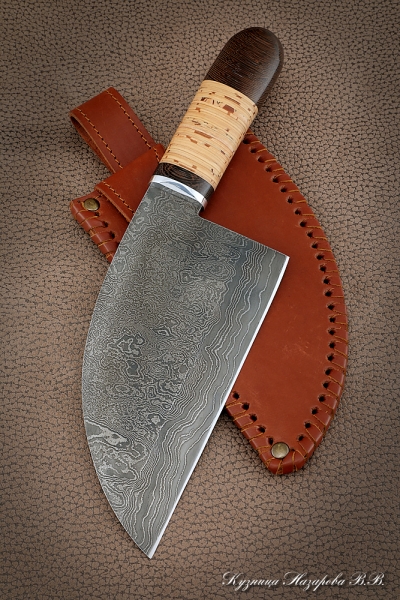
2-3 рабочих недели
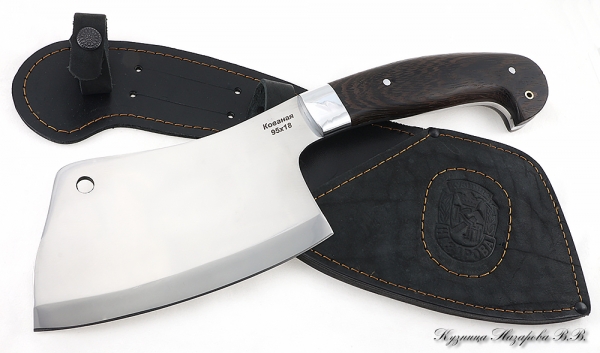
2 рабочих недели
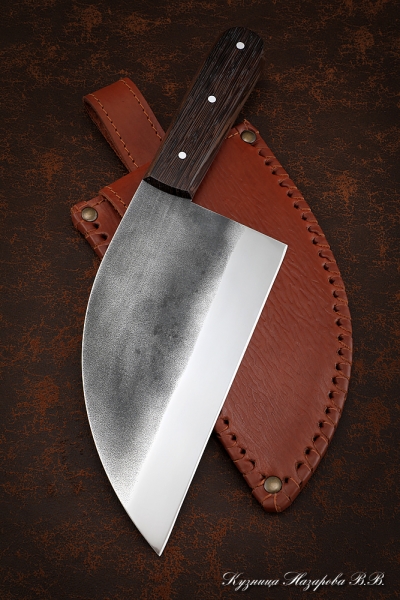
2-3 рабочих недели
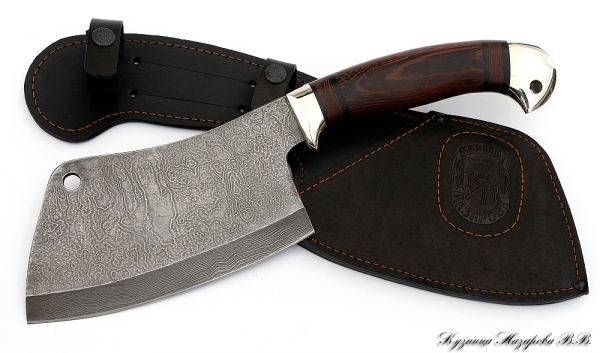
2-3 рабочих недели
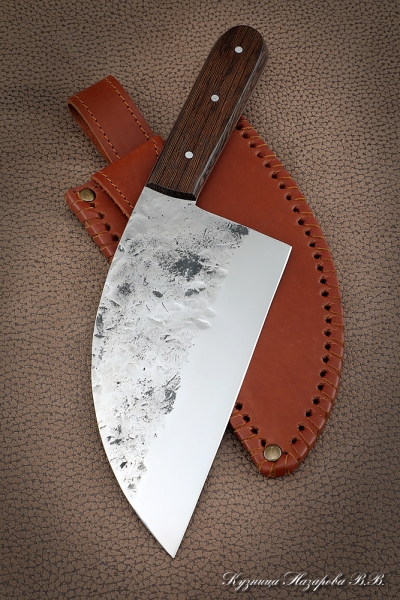
2-3 рабочих недели
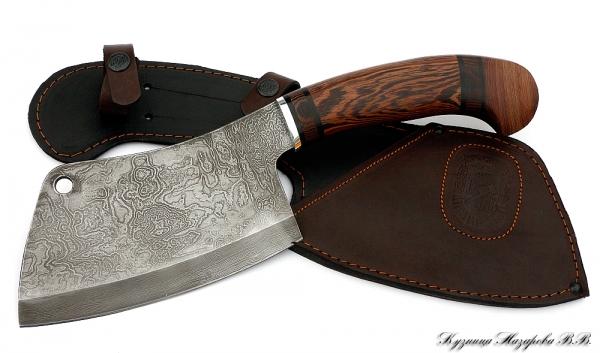
2 рабочих недели
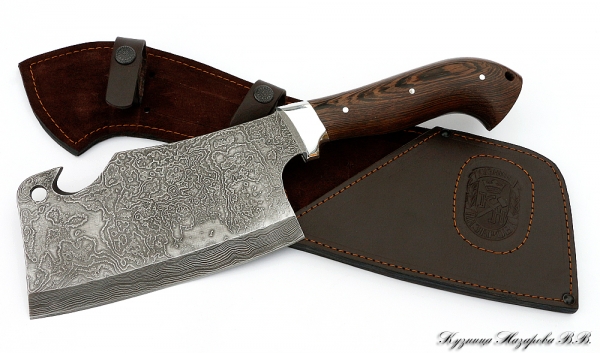
2-3 рабочих недели
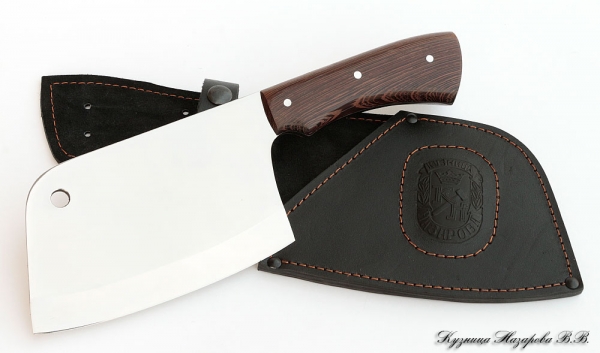
2 рабочих недели
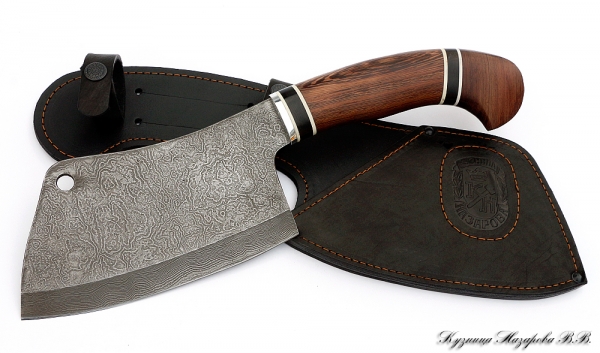
2-3 рабочих недели
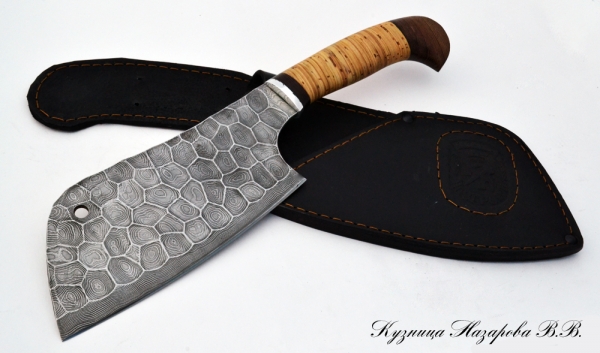
2-3 рабочих недели
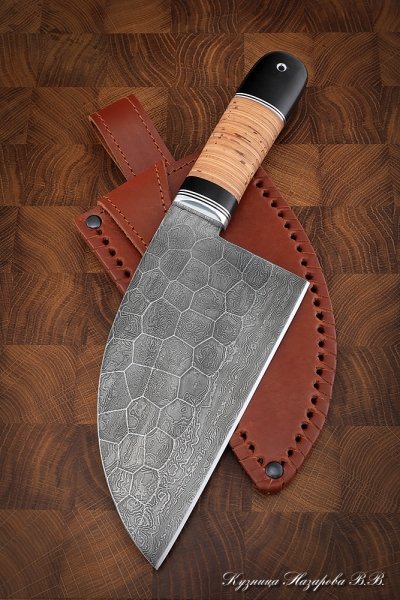
2-3 рабочих недели
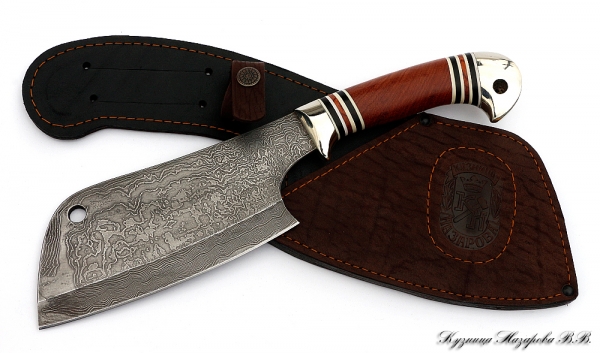
2-3 рабочих недели
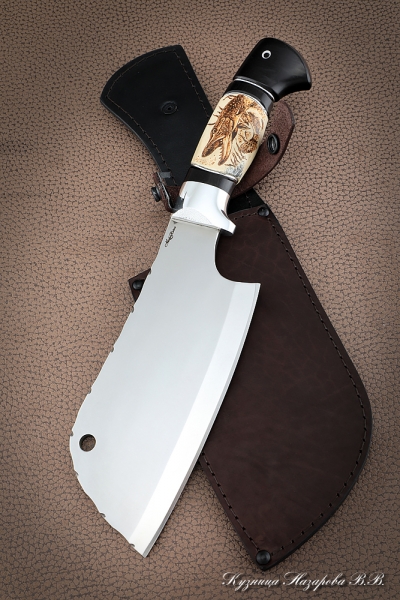
2-3 рабочих недели
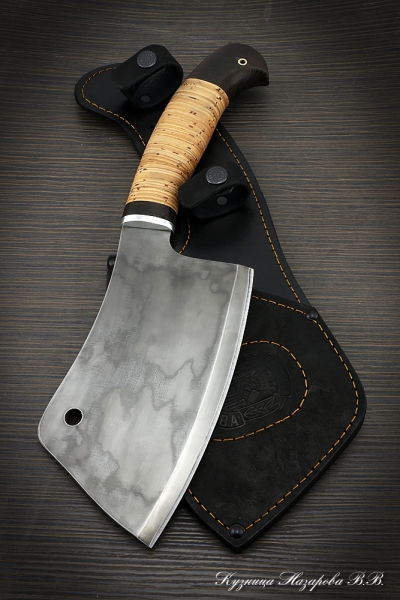
2-3 рабочих недели
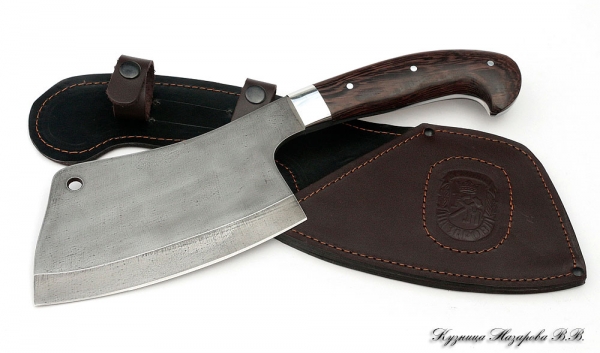
2 рабочих недели
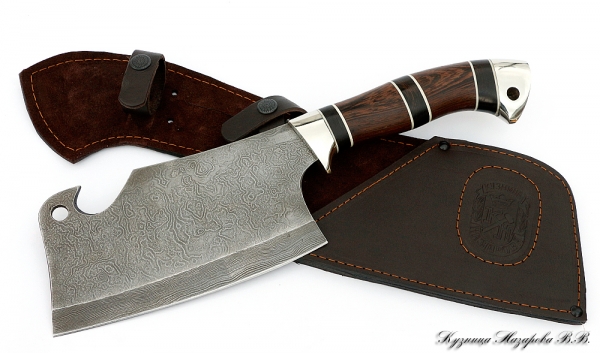
2-3 рабочих недели
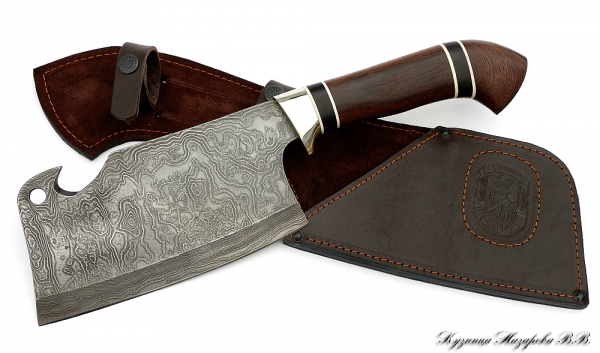
2-3 рабочих недели
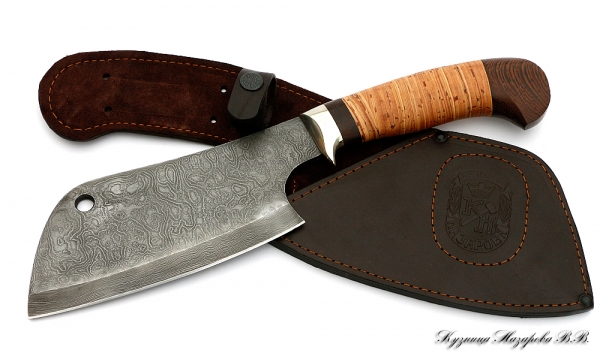
2 рабочих недели
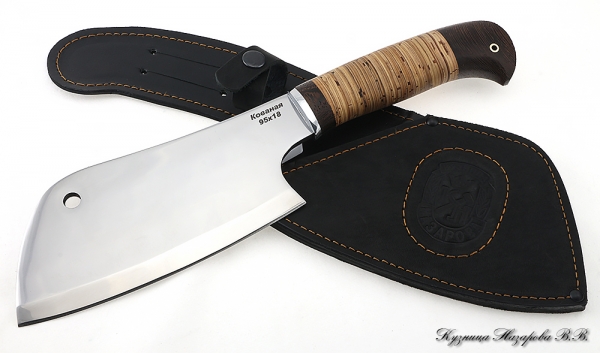
2-3 рабочих недели
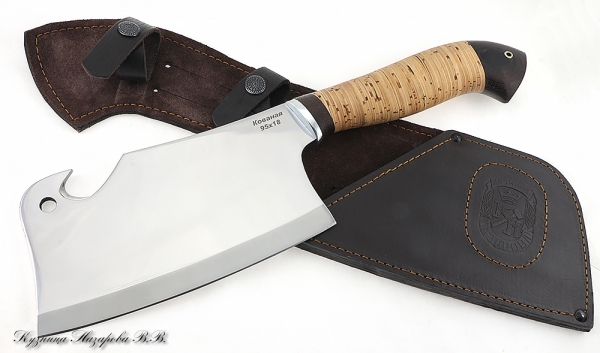
2-3 рабочих недели
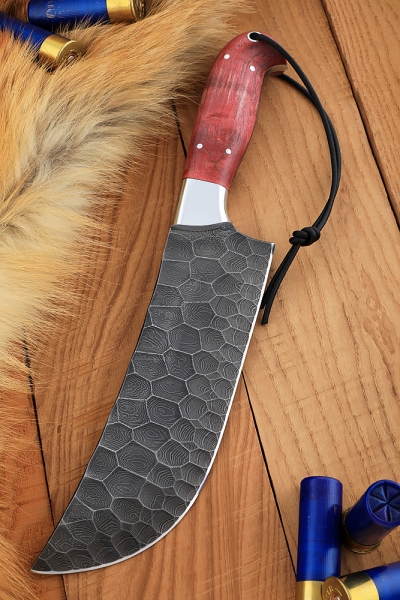
2 рабочих недели
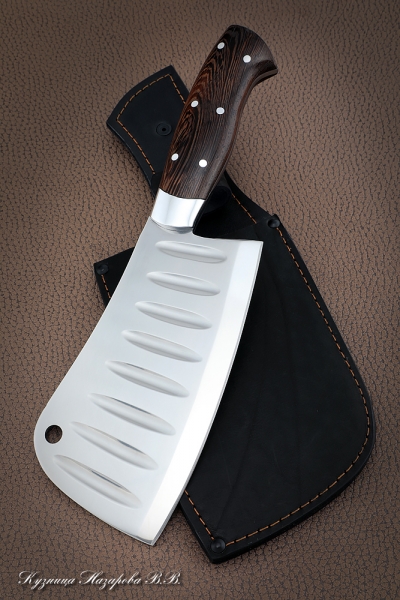
2 рабочих недели
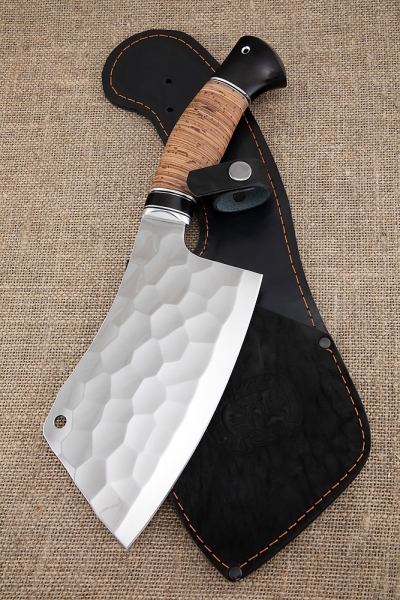
2-3 рабочих недели
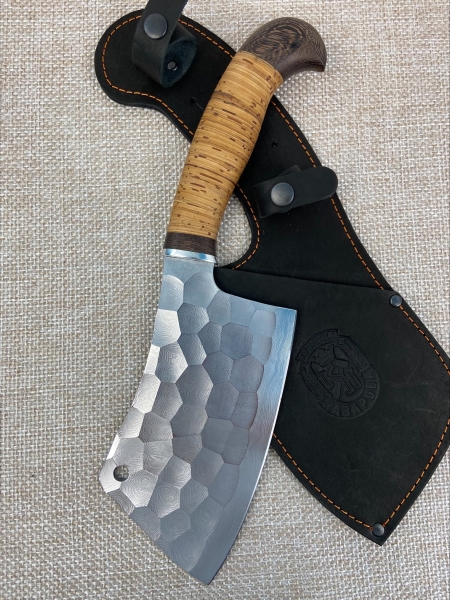
2-3 рабочих недели
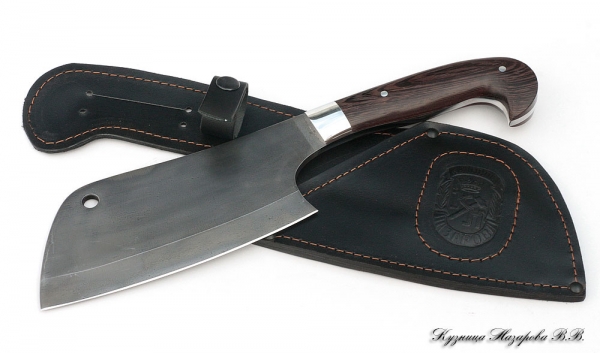
2 рабочих недели
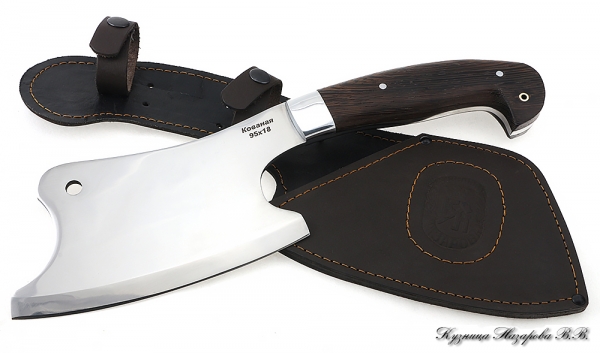
2-3 рабочих недели
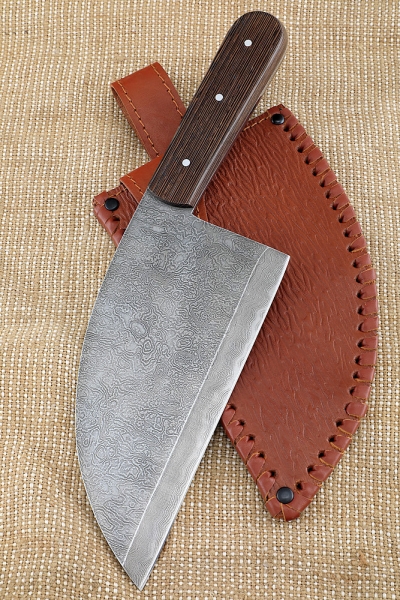
2-3 рабочих недели
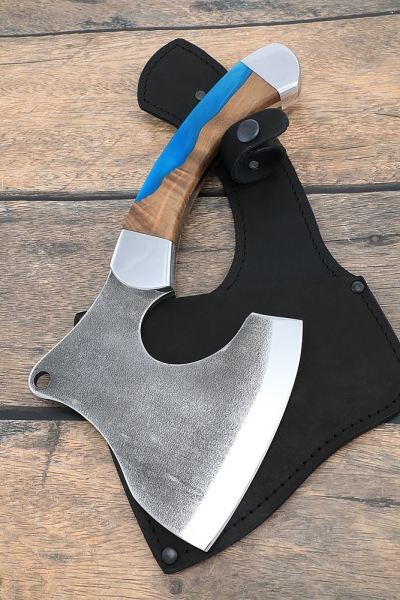
2 рабочих недели
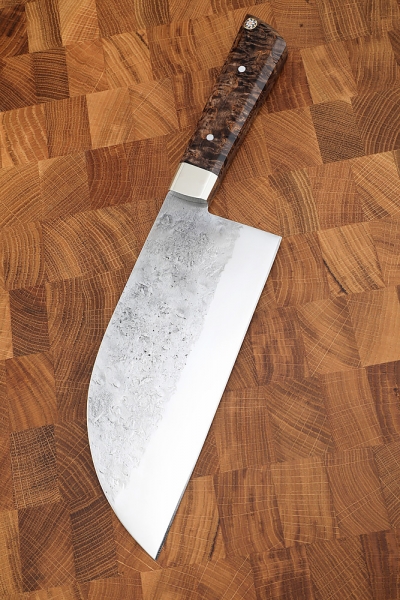
2-3 рабочих недели
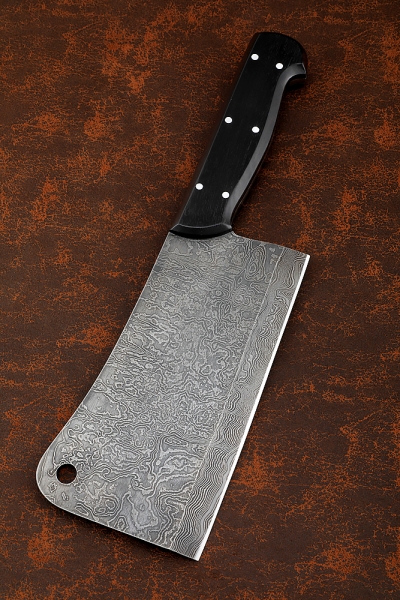
2-3 рабочих недели
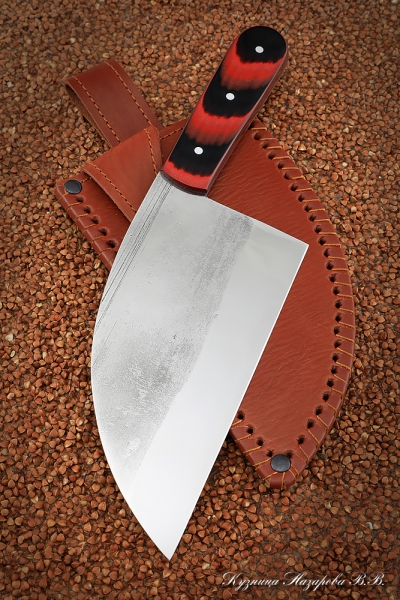
2-3 рабочих недели
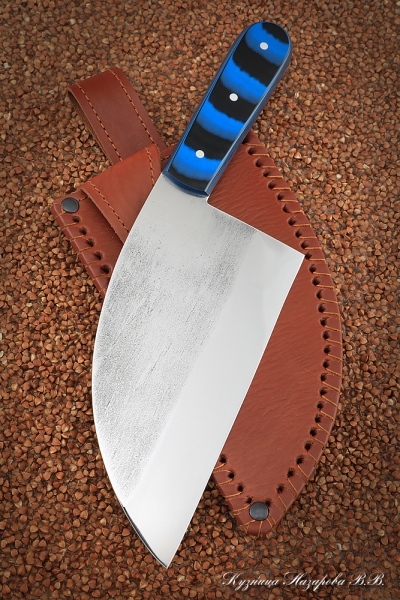
2-3 рабочих недели
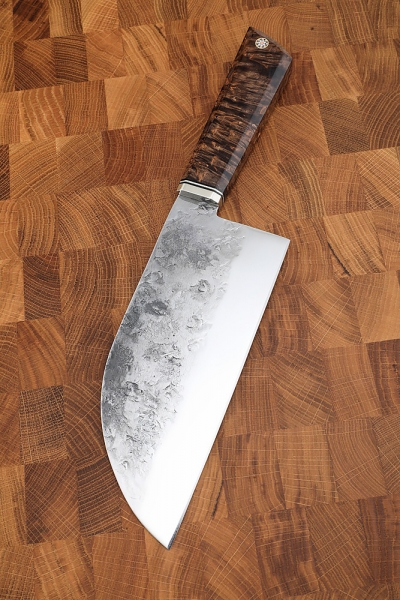
2-3 рабочих недели
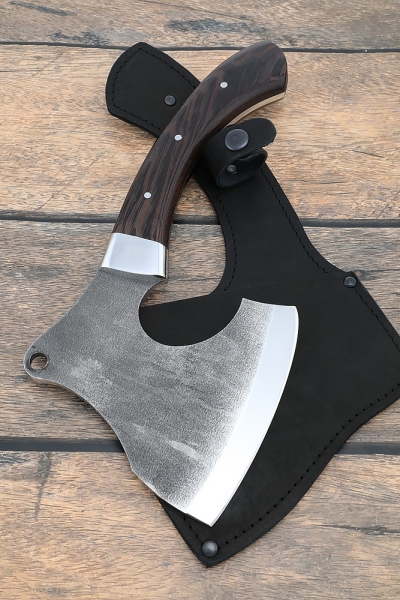
2 рабочих недели
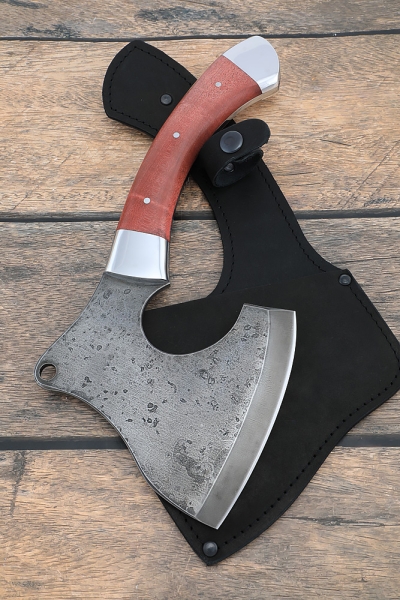
2 рабочих недели
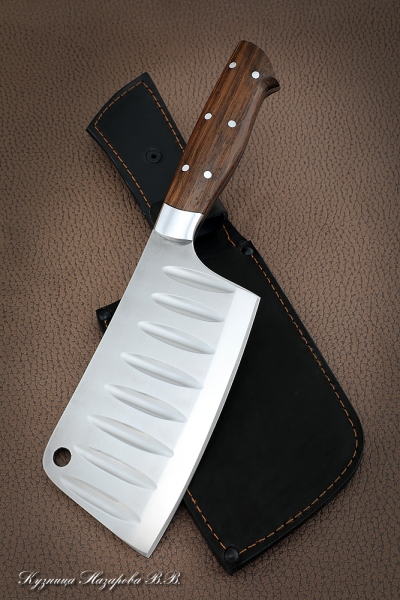
2 рабочих недели
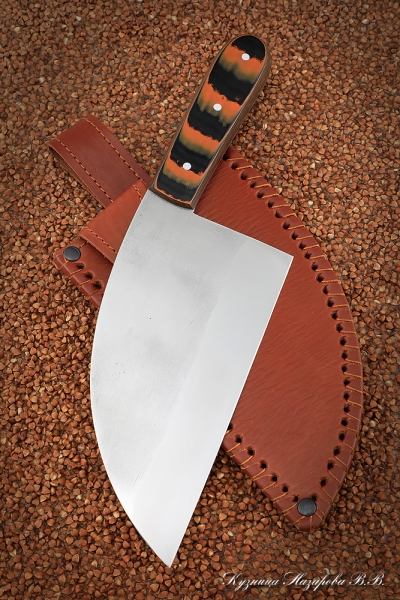
2-3 рабочих недели
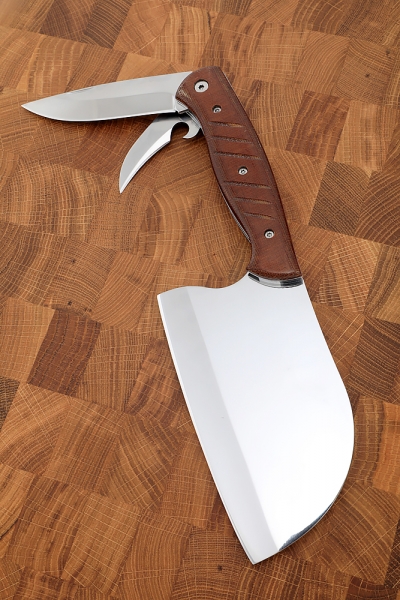
2-3 рабочих недели
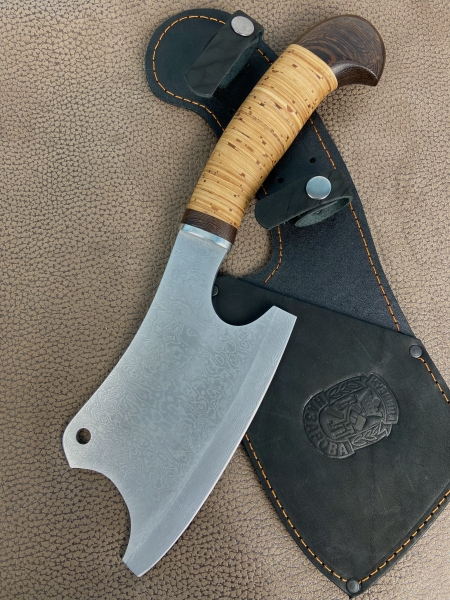
2-3 рабочих недели
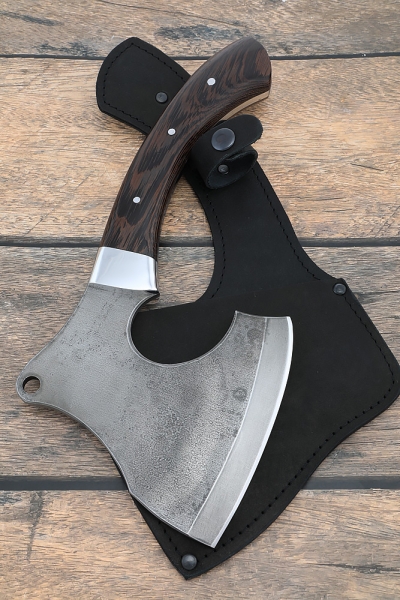
2 рабочих недели

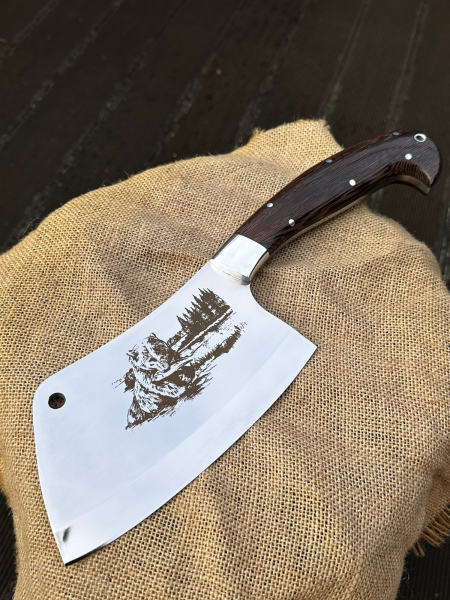
Отзывы
Разделка мяса, процесс знакомый каждому, требует немалой ловкости. Проблема в "неоднородности" материала. Мякоть, косточки, жилы - они различаются по твердости и структуре, а соответственно требует различного подхода. Тут нужны или специальные навыки, или специальный инструмент. Купить нож тяпку и забыть о подобных трудностях навсегда, на наш взгляд, хорошая идея. Что же такое тяпка для мяса? Это инструмент, в котором удалось совместить преимущества сильного рубящего удара топора и контроль реза ножа. Сам принцип подобного инструмента уходит корнями в древность - из тех же соображений - сильно рубить, но аккуратно резать, создавался традиционный русский "нож-косарь", в современных клинках старая идея доведена до совершенства.
Что сказать о самом ноже? Он привычно состоит из клинка и рукояти.
- Клинок. массивный, с широким обухом, часто немалой массы. Это вместе со смещенным вперед центром тяжести позволяет наносить рубящие удары не прикладывая усилий. Тушки крупной птицы, свиная грудинка, да и вообще любое мясо будет разделано на такие куски, как вы хотите, и не важно, есть там кость или нет. При этом, прямое острое лезвие позволит без проблем "подрезать" мясо там где рубка не оптимальна.
- Рукоять. Её задача - надежный хват при рубящих ударах и хороший контроль при резе. Основные правила - развитые упоры под мизинец и анатомическая форма обеспечивают не только хороший контроль инструмента, но и высокую безопасность. Это главные требования, применимые ко всем ножам. А вот по материалам изготовления в нашей кузнице стараются увеличить возможность выбора. Есть и сверхнадежный "фултанг" с плашками из твердых пород древесины и приятная в работе наборная рукоять из бересты.
Существует отдельная разновидность подобных ножей - сербский нож-тяпка. История его появления необычна. По форме он скорее напоминает китайский "цай дао", но впервые появился на кулинарном ютуб-канале поваров из Сербии всего несколько лет назад. Отсюда и название. Нож обрел взрывную популярность и теперь является одним из самых популярных в мире. По сути это тоже "тяпка", но с рядом особенностей. Прежде всего это срезанный передний край лезвия, что переносит центр тяжести ближе к рукояти и меньшая толщина клинка, а следовательно и вес. Это значительно улучшает режущие способности ножа при сохранении рубящих, а прямое лезвие обеспечивают еще большее удобство, как при нарезании продуктов, так и при шинковке.
Выбрать и купить тяпки для мяса ручной работы вы можете в интернет-магазине Кузницы Назарова. У нас в каталоге есть товар на любой вкус, как классические образцы, так и сербские ножи, но с неизменно высоким качеством. Приглашаем также следить за акциями, которые проводит наша кузница. Есть специальный раздел, где представлен товар по сниженным ценам. Приобретение хорошего ножа совсем недорого станет выгодной покупкой для каждого. "Кузница Назарова" представлена в Москве и Нижнем Новгороде, в другие города России и мира осуществляем доставку почтой.
